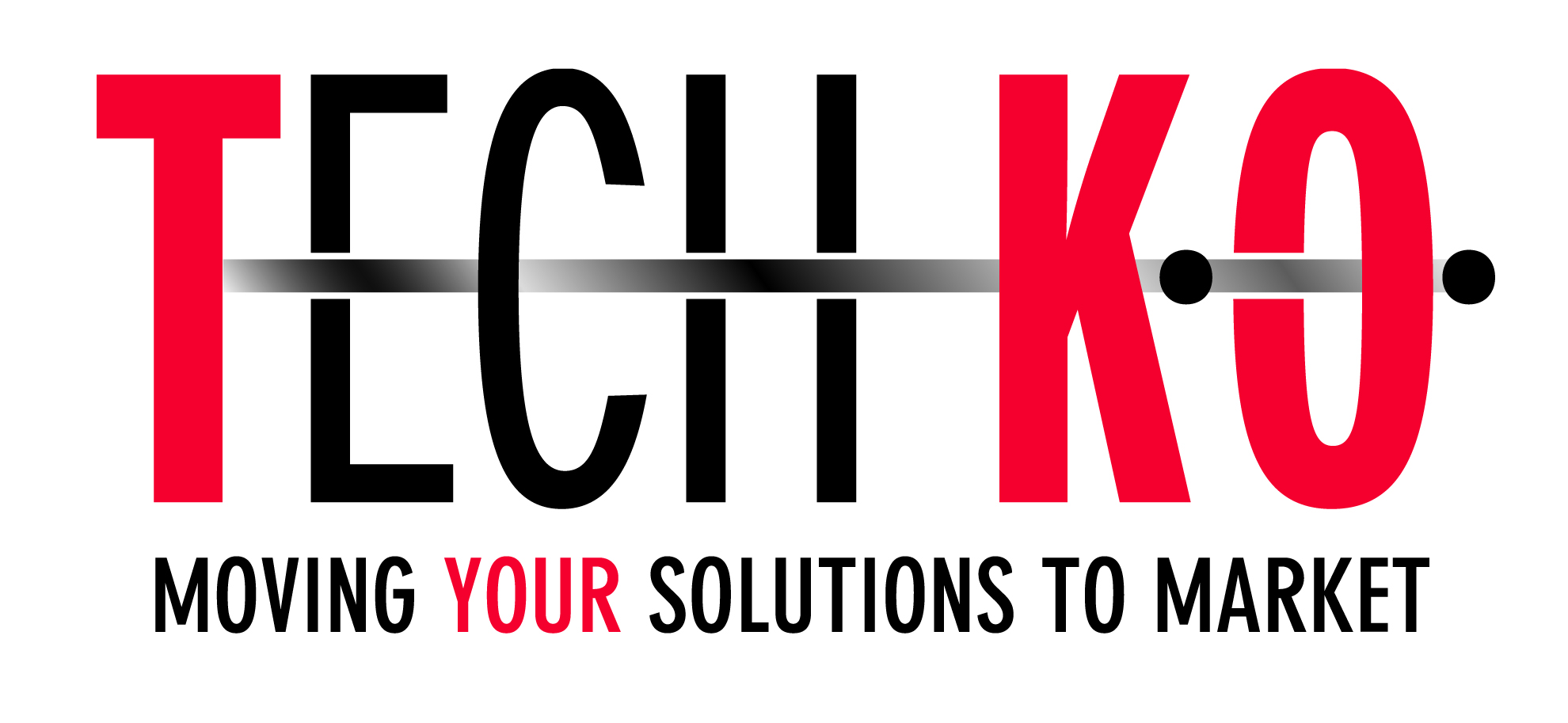How to knit a sweater with a hammer
By Bob Oliver, Tech-K.O.
 Today, the CBC broke open the story of Ontario’s electric vehicle incentive program, and the social equity issues that have dogged it since then-Minister of Transportation Kathleen Wynne launched it in 2011. As with nearly all social policies, the core of the controversy is about a perceived unfairness in its design. Specifically, the CBC has framed the story as another tax give-away to the rich, paid for the by the poor.
Today, the CBC broke open the story of Ontario’s electric vehicle incentive program, and the social equity issues that have dogged it since then-Minister of Transportation Kathleen Wynne launched it in 2011. As with nearly all social policies, the core of the controversy is about a perceived unfairness in its design. Specifically, the CBC has framed the story as another tax give-away to the rich, paid for the by the poor.
On its surface, this seems a fair and compelling narrative. After all, it is a fact that the province has offered buyers of pricey cars with large battery systems a rebate. Up until a revamp of the program this past February, it worked quite simply: the larger the battery, the higher the rebate. Critics can legitimately claim that this appears as a gratuitous reward for wealthy people who don’t need taxpayer support to buy exotic, outrageously-expensive cars.
But there is a contrary, equally legitimate view of the program. That is, the rebate is not a reward for consumers who choose to drive a plug-in electric vehicle; rather, it is an incentive for automakers who choose to innovate zero-emissions technology.
Automakers face all manner of risk and cost when introducing disruptive innovations to the market. In the case of electric vehicles, driving range and overall utility are dependent on advanced batteries that can store a large charge of energy. Such batteries are the single most expensive component and biggest contributor to the price of an electric vehicle. In addition, the systems engineering and development costs required to bring these products to market are substantial, to say the least.
If the final product fails to resonate with consumers, it can be disastrous for the automaker. Consider that for Toyota, mis-locating the accelerator pedal by less than one inch cost it billions of dollars. Why take that risk if you don’t have to?
The reason we want automakers to take the risk is because we need to transition to a low-carbon economy, and moving people and goods by electricity instead of gasoline and diesel is part of the solution. An incentive program for advanced, electric vehicle technology is a way for government to express its support for automaker innovation in a tangible way, and to help smooth the introduction of the technology to an unfamiliar and risk-averse public.
Yet the social equity issue remains. How do we make a rebate program for electric vehicles, which are otherwise beyond the price range of most car buyers, serve the policy goals of a healthier environment without transferring public funds to private citizens who (for want of a more accurate phrase) “don’t need it?”
The State of California faced similar challenges with its electric vehicle incentive program. It chose to implement a means-based assessment to screen the rebate applicants based on their income. In other words, you can be too wealthy to qualify.
Ontario, on the other hand, decided to moderate the amount of the rebate based on a number of factors, including the size of the battery in a given model, the number of passengers it seats and the manufacturer’s suggested retail price (MSRP). A cap on the incentive amount was also placed for MSRPs above $75,000. The complicated application of these factors leads to some confusing outcomes, as the electric vehicles available in the market are now subject to uneven and inexplicable rebate amounts. The most famous of which – the Tesla Model S – which used to qualify for an $8,500 rebate, now qualifies for $3,000. Meanwhile, the BMW i3 – a vehicle with less range – qualifies for $13,000. (View the rebate chart here.)
This must strike Tesla as unfair, since it has ostensibly done more to positively orient the public to the concept of electric vehicles. True, its most affordable model is still very pricey – more than $75,000. But most of the cost of its entire business is being carried by the revenues generated on sales of that one model. In contrast, BMW’s overall profit strategy is based on a robust lineup of models of all shapes and sizes. BMW may, therefore, be better able to subsidize the introduction of its own electric vehicle model, while keeping its price in a range that qualifies for optimal rebates.
The point is that in trying to resolve one social inequity, we may have inadvertently created another.
The Government of Ontario is trying to do the right thing. It’s trying to incent innovation towards a low-carbon, prosperous economy, as it should. Perhaps the problem is not the misapplication of policy, but of the tools of policy themselves.
What if we’re trying to incentivize technology innovation, but we lack the corresponding policy innovation to do the job right? Given that we’re using well-worn instruments of policy – taxes, rebates and regulation – we shouldn’t be surprised to find ourselves running into the same old debates about fairness and equity.
- Photos: Tesla Model S (Bradley Berman in plugincars.com); BMW i3 (motorward.com).


Nice post. I learn something new and challenging on websites I
stumbleupon everyday. It’s always useful to read through
content from other writers and practice something from their web sites.
Happy that you found us and glad that you enjoyed the blog!